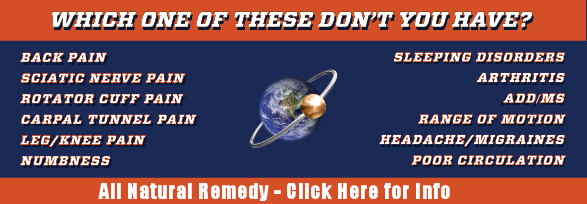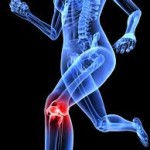 For the most part joint pain is caused by inflammation that occurs in and around the joint space. This inflammation is the body’s basic response to some type of injury and should be a wake-up call to the individual that something must be done or changed in the daily routine. The inflammation is a result of a sequence of complicated events the body uses to defend itself and is initiated for the purpose of tissue repair.
For the most part joint pain is caused by inflammation that occurs in and around the joint space. This inflammation is the body’s basic response to some type of injury and should be a wake-up call to the individual that something must be done or changed in the daily routine. The inflammation is a result of a sequence of complicated events the body uses to defend itself and is initiated for the purpose of tissue repair.
In some cases joint pain can be treated at home withrest, ice, compression and elevation, often abbreviated R.I.C.E. However, when an individual suffers from fever that is not associated with flu like symptoms, they have lost 10 pounds or more without trying or joint pain lasts for more than three days they should seek the care of their primary care physician in order to receive an accurate diagnosis and proper treatment. For instance, an individual who has a known ankle sprain and is treating it with R.I.C.E. but subsequently experiences low grade fever with no improvements in the ankle should immediately seek the care of their physician.
 It is important to follow prescribed therapies to address the underlying cause of the joint pain while decreasing the overall pain. Depending upon the medical condition, both rest and exercise are important. Consult your primary care physician or physical therapist about the use of warm baths, massage and stretching exercises coupled with anti-inflammatory medications, ice and compression.
It is important to follow prescribed therapies to address the underlying cause of the joint pain while decreasing the overall pain. Depending upon the medical condition, both rest and exercise are important. Consult your primary care physician or physical therapist about the use of warm baths, massage and stretching exercises coupled with anti-inflammatory medications, ice and compression.
During an office visit the physician will attempt to identify the underlying cause of the joint pain in order to develop a treatment protocol which will result in the best possible success. This office visit will entail a thorough medical history and physical examination. Depending upon what the physician finds during these two initial steps they may recommend blood tests to evaluate for certain factors that may point them in the right direction and will probably recommend imaging studies such as x-ray, bone scan and MRI to more accurately see the problem.
An accurate diagnosis is required to recommend the appropriate treatment protocol. Some minor sprains and strains are often treated well at home using rest, ice, compression and elevation. However, when these steps do not result in immediate improvement it is time to seek the advice of a trained professional.
| Advertisement | |
 |
|



Leave a Reply